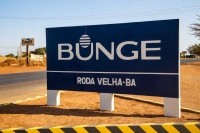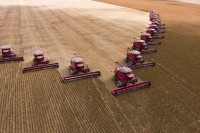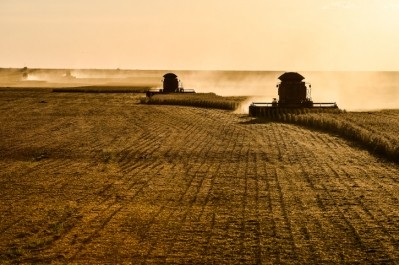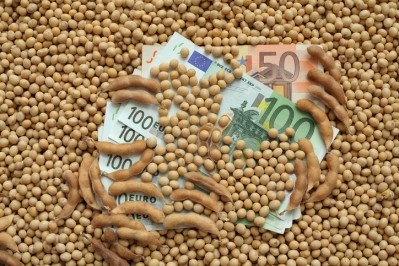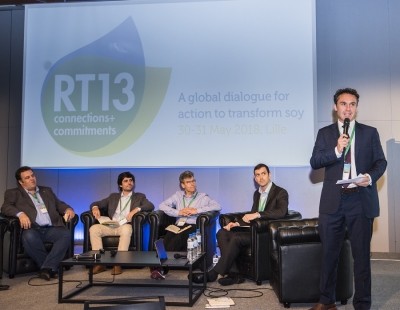Controlling deforestation will require government, industry, farmers, local communities and civil society to develop new systems, says Bunge
'Bunge and Cargill are not living up to their commitments to protect forests' claims Mighty Earth soy investigation
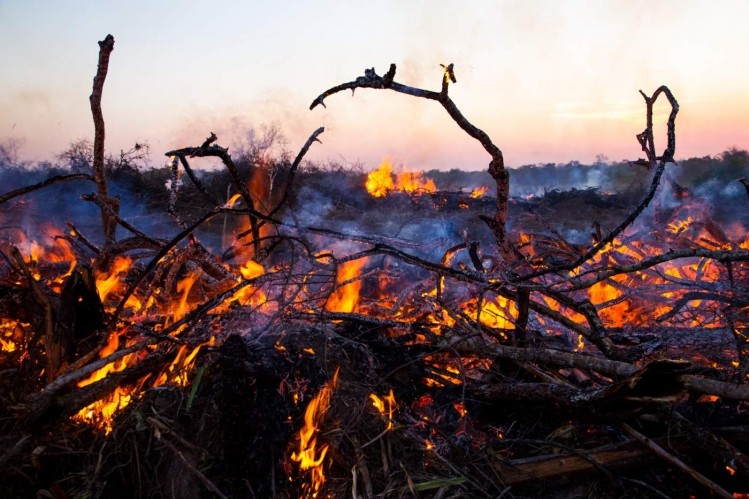
The agribusiness group was reacting to a report from not-for-profit, Mighty Earth, that it and other Burger King suppliers like Cargill were linked to massive deforestation activities in Brazil’s Cerrado and Bolivia’s Amazon basin.
Mighty Earth claimed, using satellite mapping, it and RFN identified areas of recent deforestation for soy in Latin America that were connected to Cargill and Bunge:
“The field investigation focused on both the Brazilian Cerrado, a vast forested savanna region in Brazil, and the Amazon basin lowlands in Bolivia. The investigative team visited 28 locations across the Cerrado and Amazon basin, covering more than 3,000 kilometers, to document the origins of the soy that feeds the world’s cattle, chicken, and pigs. The team captured extensive aerial drone videos and photos that documented rapid clearing of some of the world’s last intact forests and savannas, including through systematic burning.”
Bunge responds…
Reacting, Stewart Lindsay, vice president, global corporate affairs, Bunge, told FeedNavigator:
“The report makes a misleading correlation between Bunge’s presence in the Brazilian Cerrado and total deforestation figures in that region. Two facts are important. First, most land use change is not directly related to the crops Bunge buys. According to Global Forest Watch, soy covers 25% of land cleared since 2011 in the MATOPIBA region, where recent deforestation has been most prevalent. Second, our market share for the municipalities where we operate silos in the region is only 20%."
The report is right on one point though, said Lindsay. One company alone cannot solve this issue, he stressed.
“A positive step would be for more companies to adopt zero deforestation commitments, apply controls to block crops grown in illegally cleared areas from entering their supply chains, report publicly on progress and invest millions of dollars to support sustainable land use planning efforts, all of which Bunge has done,” he said.
Ultimately, deforestation is a complex problem related to global market demand, economic development, property rights and a lack of sufficient compensation for landowners – from the marketplace or from governments – that would provide incentives to conserve the environment, said Lindsay.
“Controlling it [deforestation] will require government, industry, farmers, local communities and civil society to develop new systems. Bunge will continue to be an active participant in these efforts,” he added.
Shouldering responsibility
Mighty Earth CEO and report co-author, Glenn Hurowitz, agreed there are many people who have responsibility for stopping deforestation. “But as two of the biggest private sector soy traders in the Cerrado, Bunge and Cargill shoulder a lot of responsibility for past deforestation and for stopping it,” he said.
He claimed its investigation found both companies had financed infrastructure and offered loans that directly contributed to deforestation and the opening up of new frontiers.
“Other companies should do their part to stop deforestation as well, but Bunge and Cargill competitors ADM, Wilmar, and Louis Dreyfus are supporting an extension of the soy moratorium. Bunge and Cargill just need to do what their customers, investors, and competitors are demanding and focus their purchases on degraded land.
“These same companies proved they could break the link between deforestation and agriculture production in the Brazilian Amazon. Now they just have to extend that successful mechanism to the places that need it today. When the big companies act, everyone else will follow quickly, or risk losing access to the world’s largest soy producers,” Hurowitz told us.
Mighty Earth’s report alleged that, in the Cerrado alone, the team found the areas in which Bunge operates had 567,562 hectares of land deforested from 2011 to 2015. Cargill, claimed the non-for-profit’s report, operates in areas of the Cerrado that experienced about 130,000 hectares of deforestation over that same five-year period.
Cargill reacts…
Cargill sent this publication a outline of their sustainability achievements in the region and an integrated statement while Chris Schraeder, director, sustainability communications at Cargill, responded directly to the allegations: “Cargill is working with more than 15,000 soy farmers and collaborating with governments, NGOs and partners to implement the Brazilian Forest Code and governance through the Rural Environmental Registry, or CAR. The code covers the Cerrado," he said.
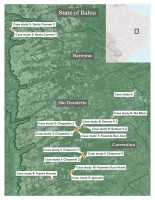
The Mighty Earth probe also claimed Cargill is a leading driver of deforestation in Bolivia.
Schraeder told us: “This is inaccurate. Cargill sources less than 10% of the country’s soy.”
However, Hurowitz said that 10% of a country’s soy market means that Cargill is a major player - a share that allows it to play a significant role in addressing the problem.
“In our investigation, we found the company disproportionately active in the areas where deforestation was happening. More importantly, Cargill’s trying to take the easy way out by focusing only on registering farmers in the CAR, and implying that that’s equivalent to stopping deforestation,” he added.
In a letter Mighty Earth sent to Cargill’s CEO, David MacLennan, before the launch of the report, the organization argued that a CAR-centered approach is not, on its own, sufficient to stop deforestation, or prevent the further destruction of the remaining Cerrado. In addition, the letter claimed that Cargill’s efforts to drive CAR registration entirely exclude countries outside of Brazil that are epicenters of deforestation.
Cattle grazing challenges
Hurowitz acknowledged cattle grazing is also a leading driver of deforestation and that was on his organization’s agenda as well.
“This report focused on the significant contribution of soy to destruction of native ecosystems in the Cerrado and Bolivia.
"There are several reason we focused on soy. First, the bulk of soy is exported, so it is a greater issue for multi-national companies. In Brazil, for instance, 55% of soy is exported, compared to just 19% of cattle.
"In addition, the data on deforestation for pasture includes degraded pasture that may or may not contain cattle (there is a lot of pasture that is no longer used, but where it is difficult to get data). As a result, soy is more important than many of the raw numbers may suggest,” said the Mighty Earth CEO.
Soy, he continued, is a much more important driver of deforestation in the Cerrado than in the Amazon. “There are more than four times as much soy in the Cerrado than the Amazon, and the ratio of soy to pasture is much higher in the Cerrado than the Amazon. In addition, according to the experts we consulted for this report, large-scale clearing in the Cerrado and Bolivia has been driven to a great extent by soy in recent years. Specifically, the Amazon has approximately 4 million hectares of soy, compared to 17 million hectares in the Cerrado," noted Hurowitz.
